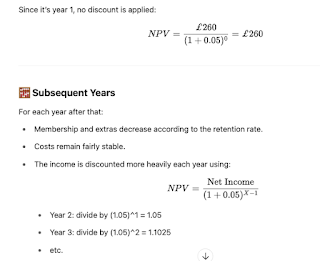Advertising Evolution in Myanmar (1980–2020): Reflection and Analysis
Chosen Product Category: Instant Noodles (e.g. Yum Yum, MAMA, or Wai Wai) Instant noodles have been a staple in Myanmar households for decades, and their advertising has reflected broader shifts in culture, media access, and technology. 1. Favourite Adverts (1980–2020) One of my favourite nostalgic ads was the Wai Wai TV commercial from the early 2000s , which featured a catchy jingle, family-oriented messaging, and cheerful visuals of schoolchildren enjoying noodles after school. It was aired repeatedly on MRTV and 5 Plus during prime-time shows. Why I liked it: It was emotionally resonant—rooted in family values , happiness, and tradition. The jingle was memorable and became part of everyday conversation . It reflected a sense of shared national identity during a time of limited media channels. 2. Are They Different From Post-COVID/Post-Digital Era Adverts? Yes—significantly different. Advertising in the post-COVID and post-digital era has shifted both in f...
